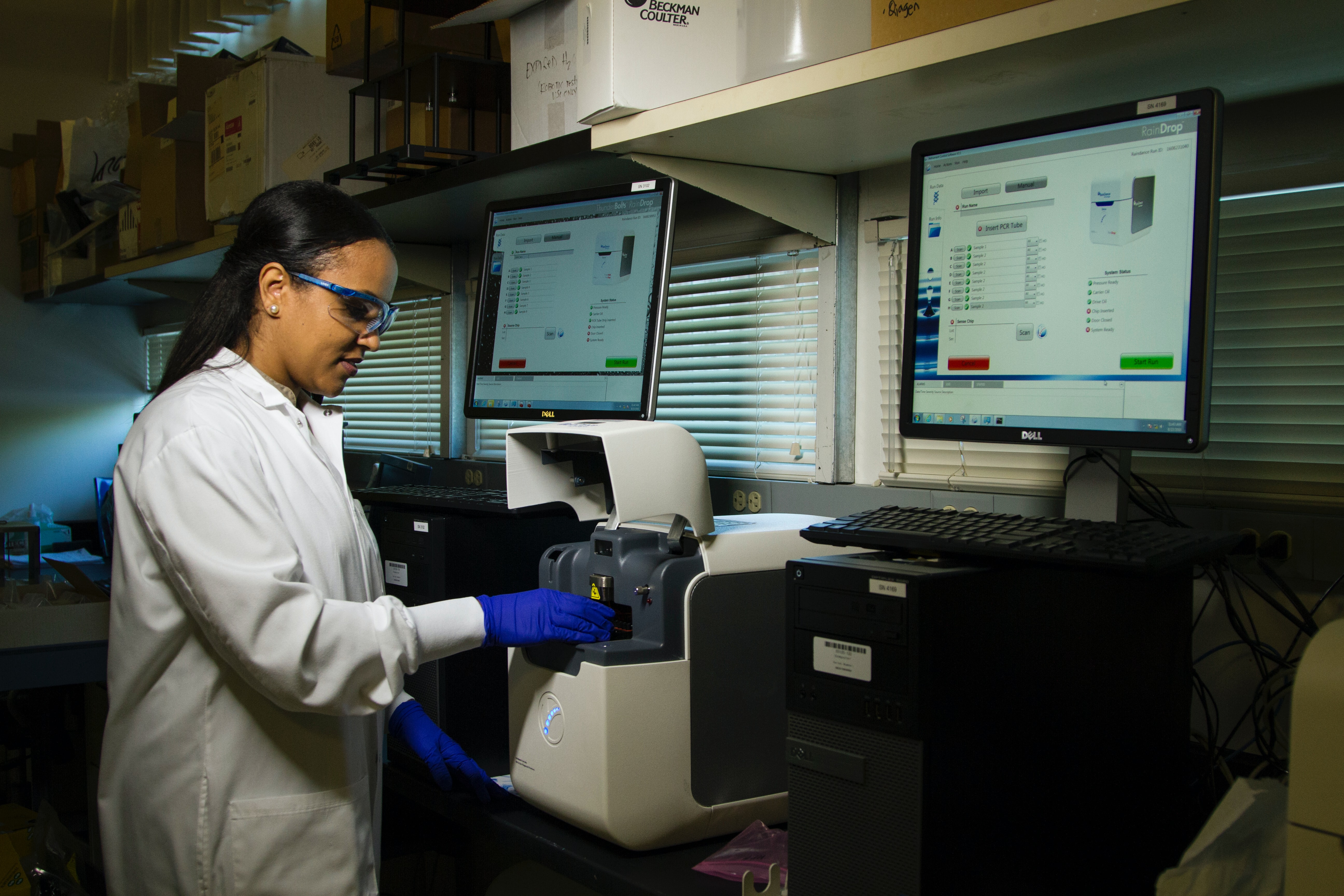Most professional fields have their own set of jargon – and that holds true for radiology as well. Using jargon is a natural way of communicating more effectively, offering a shorthand approach where professionals can discuss ideas, concepts, and perspectives without using too much time. Radiology has its own set of conventional jargon that revolve around modern radiology practices and techniques used by professionals. Radiologists will often be heard using acronyms such as PACS, RIS, and DICOM. Those that are aware of radiology clearly will not face a problem interpreting such words. But for civilians, deciphering these words might prove to be a challenge. In this blog, let’s spend some time understanding the difference between DICOM, PACS, and RIS.
DICOM
DICOM (Digital Imaging and Communications in Medicine) is the internationally accepted communication and management standard for medical images and patient data. Hospitals and imaging centres use DICOM to archive and transmit medical images, thus simplifying and easing the interaction among radiology professionals. In addition, having an in-house DICOM system is also important for integrating various radiology software, medical devices and PACS.
Since a DICOM viewer is globally recognized, it is considered to be the standard for image storage and transmission. Using a DICOM Viewer not only helps in managing data and images but also aids significantly in comparing images over a period of time. Radiologists will no longer take hours accomplishing routine tasks such as measuring the length of a tumour. Instead, they can simply automatically include measurements with the use of a DICOM Viewer.
PACS
A lot of individuals that don’t belong to radiology are often confused about the difference between PACS and DICOM. So here it is – “PACS is a medical image storage and archive hub, fed by medical modalities such as X-ray scanners and MRI machines, while DICOM represents the international communication standard – not a device or structure – used by healthcare professionals in storing, processing, transmitting medical images and data”.
The primary goal of a PACS system is to store all images of a patient undergoing treatment so as to monitor the progress of the patient at various stages of treatment and recovery. Most radiology practices and hospitals have discarded the paper-based system and instead opted for an integrated DICOM and PACS system. Not only is it environmentally friendly, but it goes a long way in making your practice smooth and efficient. Radiologists no longer need to preserve files and files of data. They no longer need to spend hours locating a certain image for comparison. They no longer need to be afraid that a file or image might get misplaced or lost. They merely need to have a PACS system that will store every image and data for prolonged periods of time.
RIS
When it comes to analyzing X-rays and patient diagnosis, radiologists are brilliant enough to figure it out – it’s ultimately what they have studied and what they are trained for. But radiology is not simply looking at X-rays and handing out diagnoses. For a successful radiology unit, a lot of other things have to be considered and inculcated. For example, there is data entry, financing, stock management, and even basic things like scheduling and maintaining patient records. All these parameters need to work together seamlessly for a radiologist’s life to be simple. And that’s the reason Radiology Information System (RIS) was introduced. If used correctly, RIS can positively transform the day-to-day running of your radiology department.
RIS is basically a computerized system that integrates different building blocks of a radiology department, which includes but is not limited to, medical records, billing records, employee/patient information, financial data, documentation, and insurance information. Most RIS systems also have a user-based interface, allowing staff members to have login details and access patient information from any secure location. This ensures confidentiality, which is no doubt very vital in the healthcare sector. The last thing any radiology department would want is their patient information being leaked to unknown sources.
One of the highlights of RIS is that it delivers radiology reports. What is a radiology report? It includes the results of a patient’s test. The report will focus on the patient’s history, the most recent diagnosis and future appointments. Basic information such as the name of the radiologist and the patient, certain technical details, and profile information can also be mentioned. Radiology reports is one of the primary reasons why radiology facilities tend to use RIS. Each report has the same format and layout, making it simple to read and comprehend. Additionally, there are in-built systems that double-check the information in the reports prior to disclosing it to patients.
Another plus point is that all the X-ray photons can be converted into a video, which can then be shown to the patients. The radiologist is now able to explain the results of the test to the patient in a visual manner that’s easy to understand for those who are not medically trained.
Everything is going digital these days – then why not radiology? to get that Script All DNA can help you out, Imagine having a DICOM Viewer, PACS, and RIS in your radiology workflow. Would it not make things much simpler? Your PACS would handle and store the massive data that is being produced through different modalities such as CT scans and X-rays. Your DICOM Viewer will help share and transfer that data between different departments and various users. It will also aid in measurements. RIS will drastically increase the efficiency of your practice by structuring everything and managing patient data flawlessly. It might seem like a mammoth task right now – integrating all this in your existing workflow. But it is a task that is worthwhile. Any practice that has invested behind these systems will definitely claim that going digital was the best thing for their workflow.

